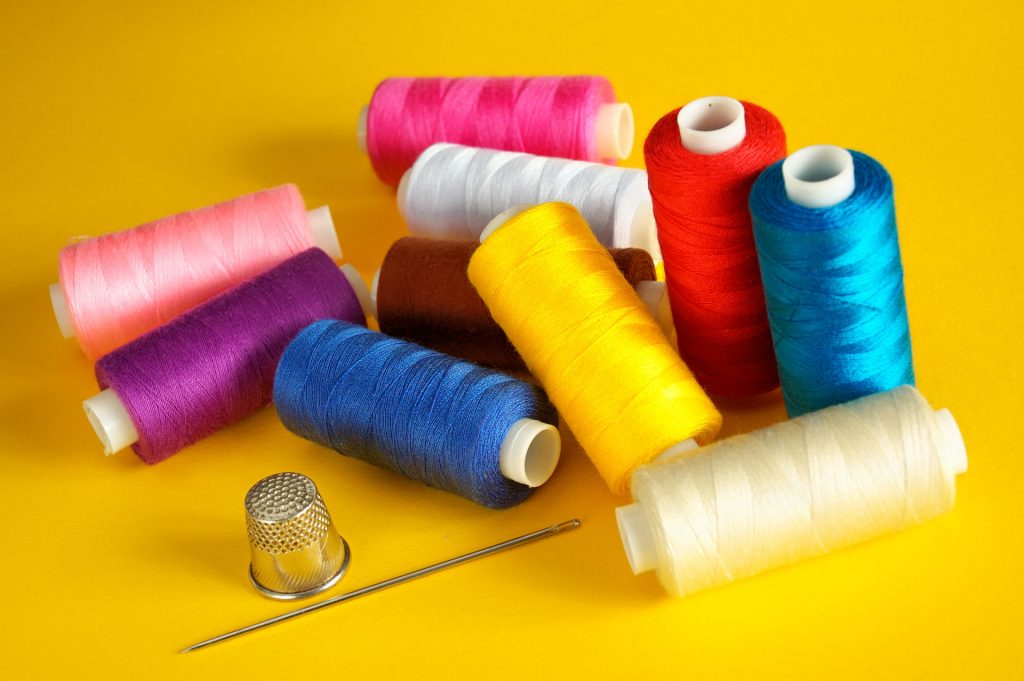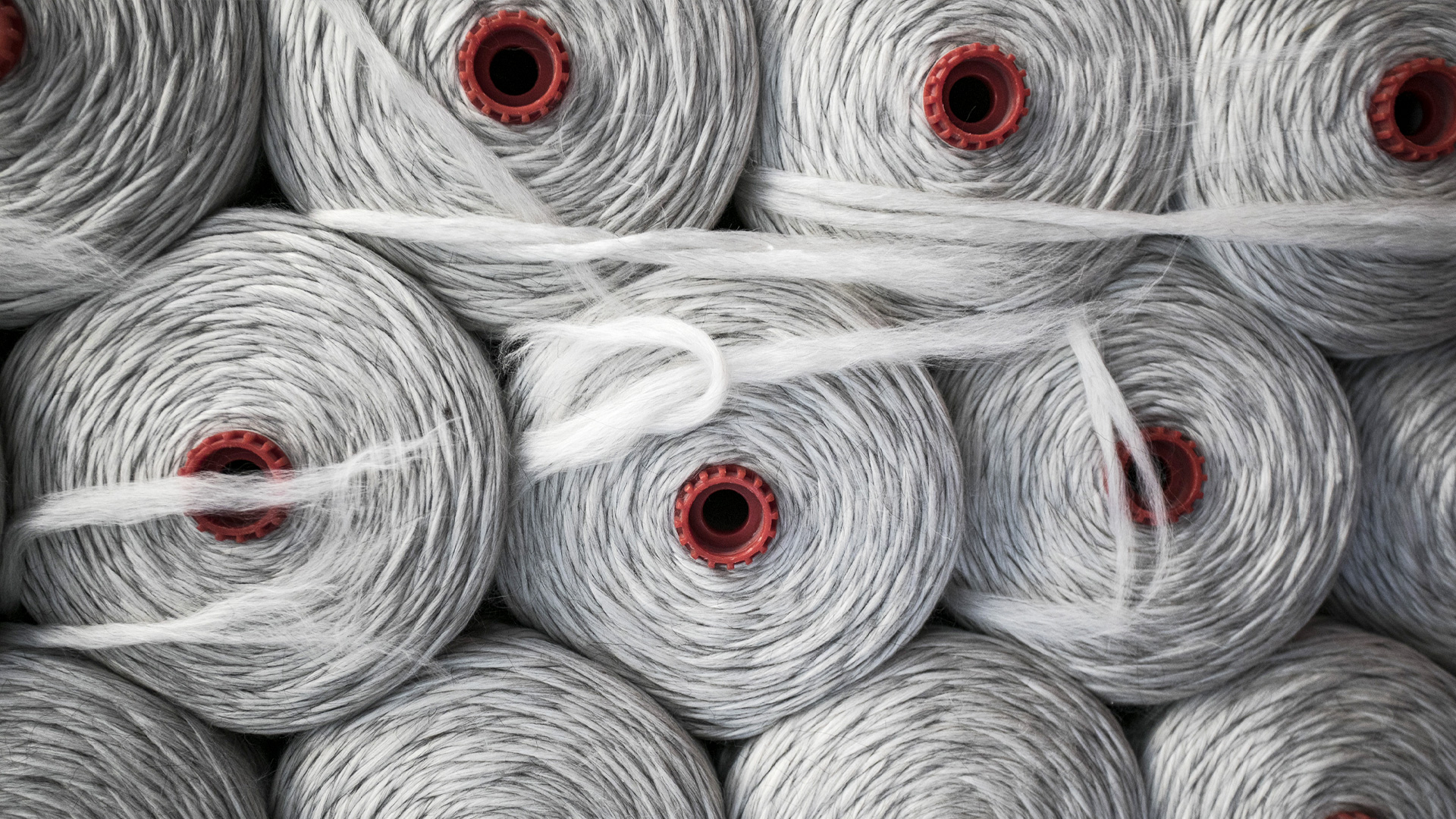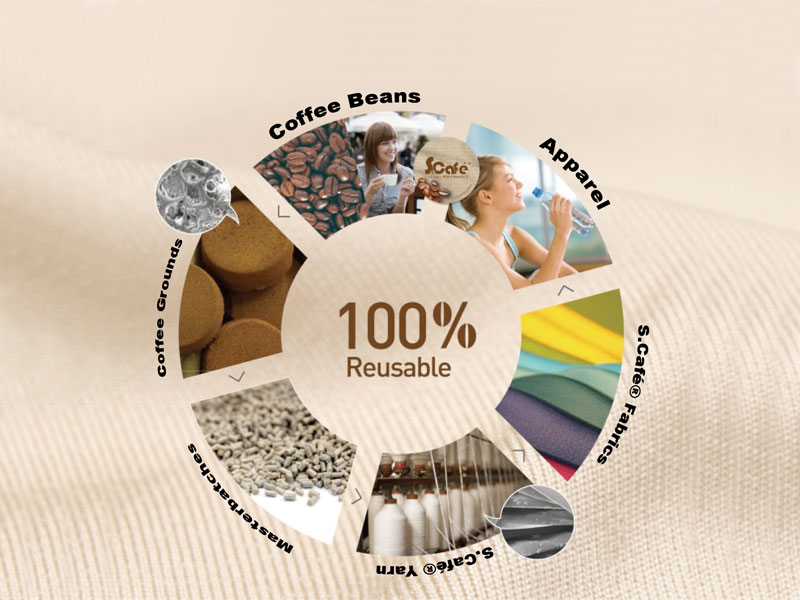Where do textile fibers come from? Venubi

Textile Basics, Textile Fibers and Constructions Tekstil Sayfası
Textile fibres are natural or synthetic structures that can be spun into yarn and woven, knitted, or bonded into fabric. Because the inherent characteristics of fibres directly relate to the finished fabric's performance and the maintenance required, understanding fibres and yarns will in turn help you to understand how to incorporate fabrics into your interior scheme.

Textile fibers Free Photo Download FreeImages
Fibers Natural Fibers Man-made Fibers Download chapter PDF 1 Introduction The word "textiles" comes from Latin and means woven fabric. However, nowadays, textiles are not only confined to woven fabrics; it is a combination of spinning, weaving, knitting, dyeing, printing, finishing, cutting, sewing, etc.

Classification of Textile fibers TextileBd
April 14, 2022 by Mazharul Islam Kiron Introduction: There is always a touch of innovation in the textile industry. From ancient times to the present, a team of experts and textile engineers have been working with new innovations in mind in this industry. And new fibers are also being made to maintain the continuity of this.
:max_bytes(150000):strip_icc()/Ramie-5b97d5b64cedfd00252763a3.jpg)
How to Wash 11 Natural Fiber Fabrics
Textile fiber is a class of materials, which are natural or manufactured, can take tensile, friction and bending forces not compression and spun into yarn by twisting together or also converting into fabric (non-woven) direct from fiber. If two fibers are twisted together is stronger than both individual without increasing its tenacity.

Fibre Testing Introduction
Combination fabrics are those which contain two or more different types of fibers; the warp or filling yarns may be a blended fiber and the yarn in the other direction may be a single fiber. Union fabrics have warp yarns made of one fiber and filling yarns made of another. By making use of these two techniques, textile engineers can now build.

Fiber art piece by Mariana Baertl Fiber wall art, Fiber art, Handmade
Textile World Features The Future Of Fibers January 30, 2023 Polyethylene furanoate (PEF) biopolymer-based monofilament yarn produced by the Netherlands-based Avantium NV. Past fiber development may suggest the future for fibers. By Jeff Dugan To loosely quote Marcus Aurelius, "Looking back over the past, one can foresee the future."

INTRODUCTION TO Fibers Textile Magazine, Textile News, Apparel News
Cotton fiber is one of the most commonly used natural fibers in the textile industry, the amount of which is used occupies more than 3/4 of that of all-natural fibers (Murugesh Babu et al. 2013). Cotton fibers grow from cotton seeds. They develop and elongate during the growing season and then deposit to thicken the wall and gain the mature.

Different Types of Textile Fibers ORDNUR
So what is fiber in textiles? For a fiber to be suitable for textile products, it must demonstrate some characteristics or properties. Some of these properties are necessary or essential characteristics known as primary fiber properties whereas some are desirable which if present will enhance the value of the end product. Primary fiber properties

How To Establish Your Textile Fibre Business Successfully? Six Bricks
Instructor: Christopher Muscato Chris has a master's degree in history and teaches at the University of Northern Colorado. Cite this lesson Textile fibers have specific properties that make.

The Actual Definition of Textile & Its Surprising Difference from Fabric
Textile fibers that can be used for the production of textiles for clothing are those with low lignin contents (Table 1) such as cotton, flax, hemp, and ramie. In Europe, linen produced from flax fiber was the predominant plant-based textile in the Middle Ages and the Renaissance. However, the cotton industry in the UK experienced a huge growth.

Where do textile fibers come from? Venubi
Introduction Fibres are the foundation for all textile products and can either be natural (natural fibres) or man-made (manufactured or man-made rengenerated). Within these two types or groups, there are two main kinds of fibres: • Fibres of indefinite (very great) length, called filaments

Textile Fiber Types, Properties and Classification Leartex
The use of textile fibers can be traced back to 9000 B.C. Fibers from plants can be considered renewable and biodegradable as they grow and can be returned to the soil without harm and sometimes even with beneficial effects, as in the case of hemp. Types Of Plant Fiber. Cellulose is the substance that makes up most of a plant's cell walls.

TEXTILE FIBER RECYCLING Rovagnati Vincenzo S.P.A.
What Is Textile Fiber In the textile arena, fiber is the equally important raw material to produce various types of textile finished products. A fiber that can be spun into yarn or processed into textile such as a woven fabric, knit fabric, lace, felt, non-woven, etc by means of an appropriate interlacing method is called a textile fiber.

Textile Fabric Types by Fiber Sources Textile School
The Textile Institute (Manchester) defines fiber as a 'textile raw material, generally characterized by flexibility, fineness and high ratio of length to thickness'. In other words, fibers refer to the flexible entities of textile materials with a length significantly greater than their diameter. It is worth mentioning that fibers of.

What are the different textile fibers? Perles & Co
Textile fiber is the basic and principle raw materials to produce various types of textile finished products. A fiber that can be spun into yarn or processed into textile such as a woven fabric, knit fabric, lace, felt, non-woven etc by means of an appropriate interlacing method is called as textile fiber. Classification of Textile Fibers:

FIBER WORLD Sustainable Alternative Plant Fibers for Textiles
A textile made from carbon fiber or fiberglass represents a durable alternative, but its synthetic manufacturing process is extremely energy-intensive and is based on fossil raw materials. This exacerbates the carbon footprint of concrete, which is already depressingly large: Global production of concrete is responsible for around eight percent.